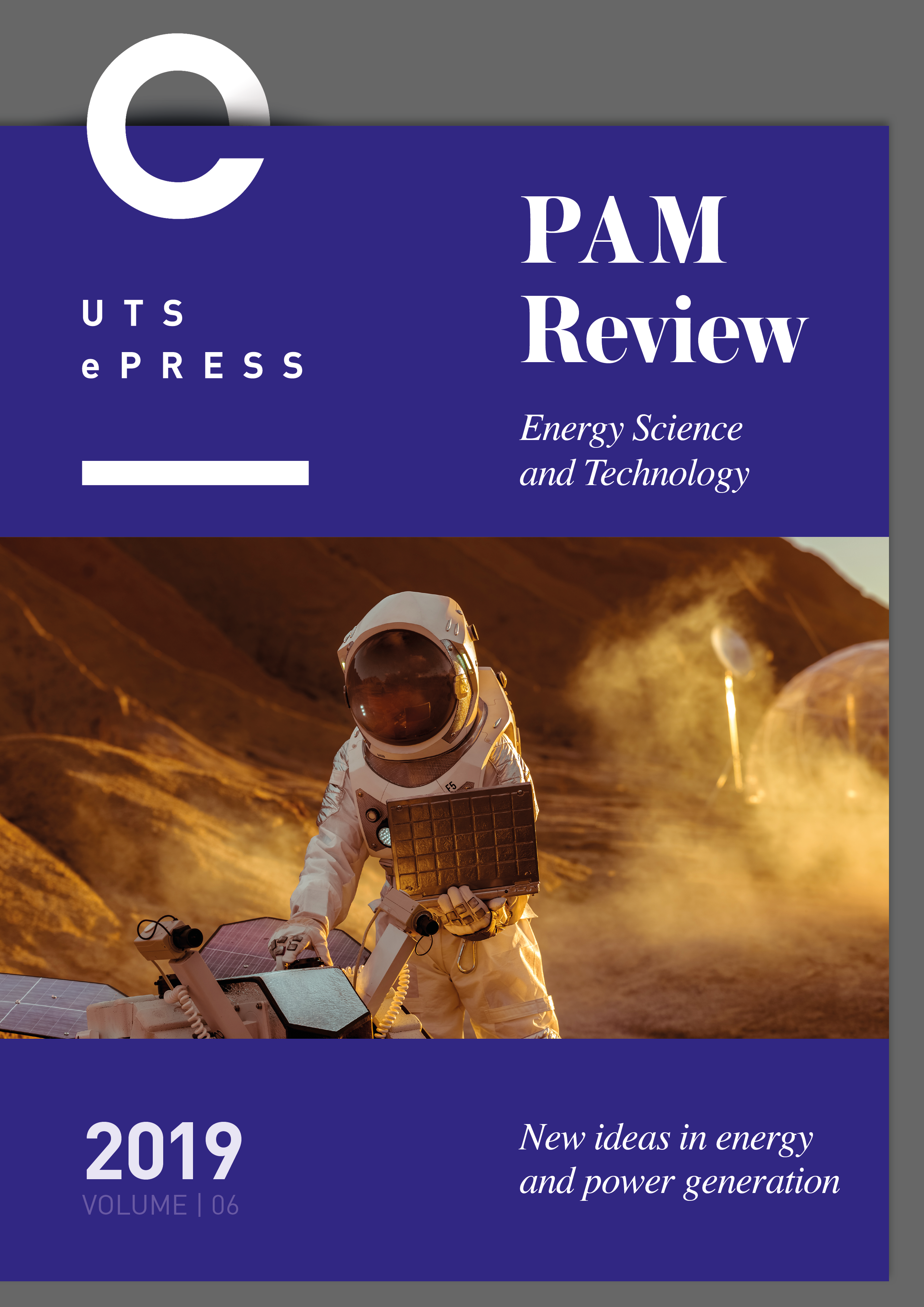Characterisation of molten salts for their application to Molten Salt Reactors
Main Article Content
Abstract
Molten Salt Reactors (MSRs) are one of the six Gen (IV) reactor designs chosen by the Generation IV International Forum for further development. A key area of concern for MSRs is the selection of molten salt composition. Parameters such as heat capacity, thermal conductivity, and viscosity are essential to consider when selecting a salt mixture for use as a coolant in an MSR. In this meta-study, the thermodynamic properties of a range of halide, carbonate and nitrate salts are compared. Using this data, an estimate is made for the usable energy density of each salt. This value in combination with the raw data is used to assess the viability of each salt for use in an MSR. It was found that fluoride salts are the most suitable. They tend to have high heat capacities and large thermal conductivities in relation to the other salts in this study. The 50-50 concentration of LiF-BeF2 had by far the highest usable energy density at 2.21 J/cm3K, however its extremely high viscosity, of 22.2 mPa.s, makes it unsuitable for use as a circulating coolant. LiF-NaF-BeF2 had the next highest usable energy density at 1.82 Jcm-3K-1. Without considering factors beyond thermodynamic properties, it was concluded that LiF-NaF-BeF2, would be the most suitable of the studied salts for use as an MSR coolant. Much of the experimental data in this field was obtained over 40 years ago, it is often of poor quality, lacking standardisation and with large error margins. An attempt has been made in this paper to compile this data and to standardise it to such a degree that salts can be reasonable compared.
Keywords: Molten Salt Reactor; FLiBe; FLiNaK; Heat Capacity; Carnot Efficiency
Article Details
Issue
Section
Authors who publish with this journal agree to the following terms:
a) Authors retain copyright and grant the journal right of first publication with the work simultaneously licensed under a Creative Commons Attribution License that allows others to share and adapt the work with an acknowledgement of the work's authorship and initial publication in this journal.
b) Authors are able to enter into separate, additional contractual arrangements for the non-exclusive distribution of the journal's published version of the work (e.g., post it to an institutional repository or publish it in a book), with an acknowledgement of its initial publication in this journal.
c) Authors are permitted and encouraged to post their work online (e.g., in institutional repositories or on their website) prior to and during the submission process, as it can lead to productive exchanges, as well as earlier and greater citation of published work (See The Open Access Citation Advantage Service). Where authors include such a work in an institutional repository or on their website (ie. a copy of a work which has been published in a UTS ePRESS journal, or a pre-print or post-print version of that work), we request that they include a statement that acknowledges the UTS ePRESS publication including the name of the journal, the volume number and a web-link to the journal item.
d) Authors should be aware that the Creative Commons Attribution (CC-BY) License permits readers to share (copy and redistribute the work in any medium or format) and adapt (remix, transform, and build upon the work) for any purpose, even commercially, provided they also give appropriate credit to the work, provide a link to the license, and indicate if changes were made. They may do these things in any reasonable manner, but not in any way that suggests you or your publisher endorses their use.
